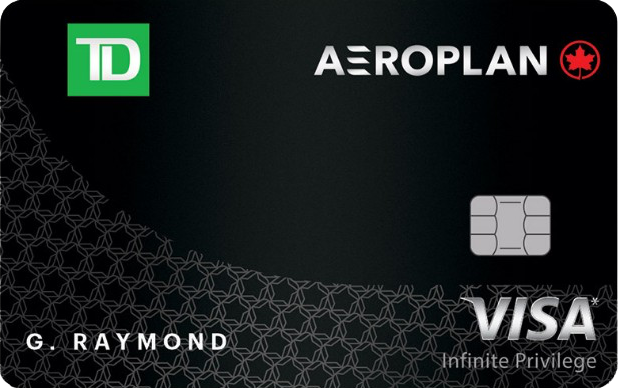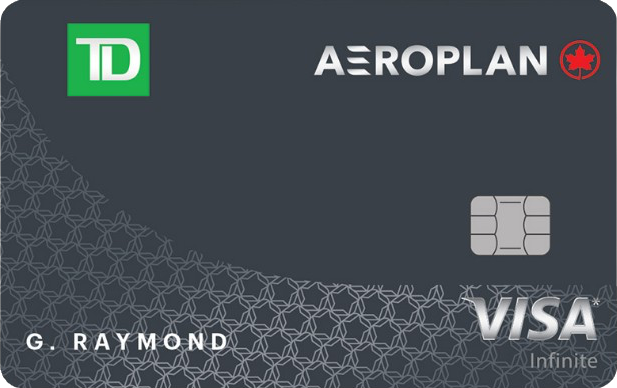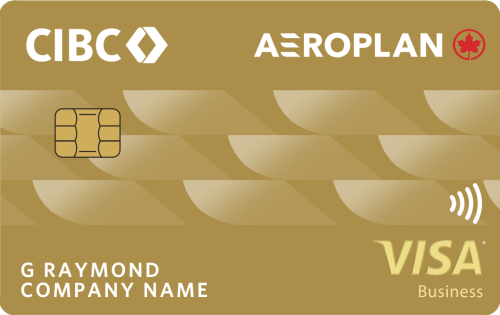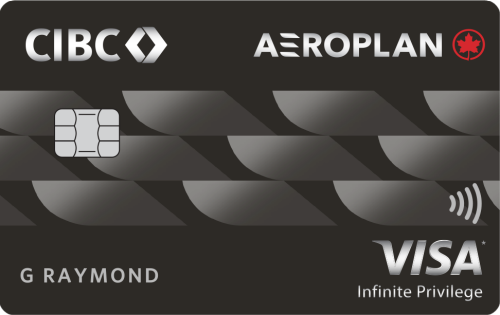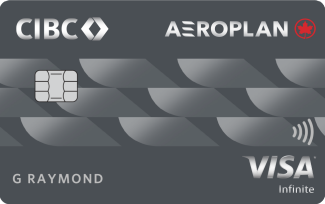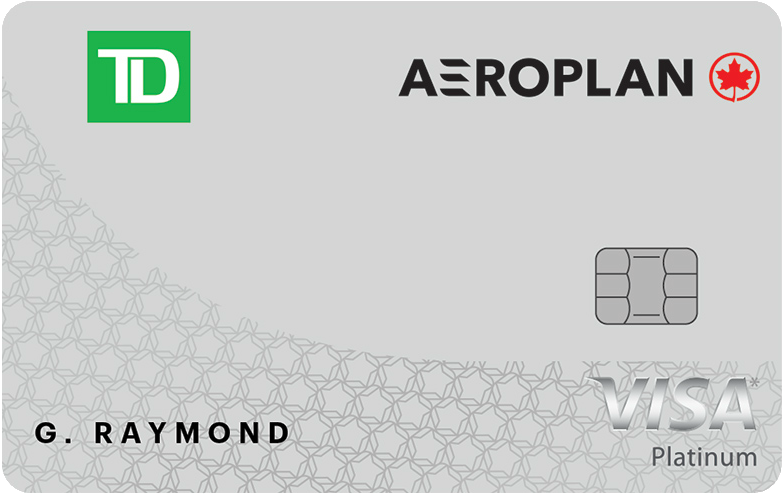If you’re unable to confirm an eUpgrade prior to your flight, you’ll be placed on a waitlist for an upgrade at the gate.
For everyone who’s waitlisted, a list is created that shows the priority ranking for the upgrade request, which is eventually cleared at the gate.
In this guide, we’ll take a look at how the eUpgrade waitlist rankings are established.
1. Cabin Class of Original Booking
When determining the priority rankings for waitlisted eUpgrade requests, the most important factor is the original cabin class the ticket was purchased in.
Anyone who purchases a Premium Economy seat to begin with will have priority ranking over all tickets booked on Economy fares.
Therefore, if you have a lower status and you want to have the best odds at snagging an upgrade on a hotly contested route, such as morning flights between Toronto and Vancouver or on flights to London, your only hope is by booking into the Premium Economy cabin to begin with.
For example, a passenger with 25K status who books in the Premium Economy cabin to begin with will be ranked higher on the eUpgrade waitlist than a Super Elite booked in economy.
Furthermore, it doesn’t matter if you book a premium economy flight with Aeroplan points or cash – you’ll still be waitlisted higher than anyone who used points or cash to book in economy.
On the eUpgrade waitlist screen, you can get a sense of which passengers are waitlisted from premium economy by comparing the list of names in the business class and premium economy sections.

If a name appears twice, then they’ve almost certainly booked into economy to begin with, and you’ll be ranked higher than them. However, anyone whose name appears only on the business class waitlist is likely looking for an upgrade from premium economy.
If they’re ranked higher than you, then there are other factors at play, which are outlined below.
2. Aeroplan Elite Status and Credit Cards
The next factor that determines your position in the waitlist is a combination of your Aeroplan Elite Status and whether or not you hold a co-branded Aeroplan credit card.
Each status tier follows the same ranking order, which is outlined below.
Those with higher statuses have priority on the waitlist over those with lower statuses, and those with a co-branded credit card will have priority over someone with the same status without a co-branded credit card, outlined as follows:
- 2 Million Milers (or greater) with a co-branded credit card
- 2 Million Milers (or greater) without a co-branded credit card
- Million Milers with a co-branded credit card
- Million Milers without a co-branded credit card
- Aeroplan Elite Status (Super Elite, 75K, 50K, 35K, 25K) with a co-branded credit card
- Aeroplan Elite Status (Super Elite, 75K, 50K, 35K, 25K) without a co-branded credit card
The list above makes logical sense, as those who have attained 2 Million Miler status (or above), by earning over two million Lifetime Qualifying Miles with Air Canada, have priority over Million Milers, who have priority over everyone with status, but without at least Million Miler status.

After the priority list moves through a status tier, it moves onto the next level down. For example, Super Elites have priority over those with 75K, who have priority over those with 50K, and so on until the lowest status, 25K, is complete.
Within each status tier, 2 Million Milers and Million Milers have priority. Since 3 Million Milers will always enjoy Super Elite status, 2 Million Milers will always enjoy at least 75K status, and Million Milers always have at least 50K status, those with 35K or 25K status are ranked only according to numbers five and six on the ranking order list.
It’s interesting that simply holding a co-branded Aeroplan credit card plays a factor in waitlist upgrade priority; with all else being equal, someone with a co-branded credit card gets priority over someone without one.
Aeroplan Co-Branded Credit Cards
| Credit Card | Best Offer | Value | |
|---|---|---|---|
|
Up to 100,000 Aeroplan points† $599 annual fee |
Up to 100,000 Aeroplan points† | $1,068 |
Apply Now |
|
Up to 50,000 Aeroplan points† $139 annual fee |
Up to 50,000 Aeroplan points† | $840 |
Apply Now |
|
Up to 100,000 Aeroplan points $599 annual fee |
Up to 100,000 Aeroplan points | $819 |
Apply Now |
|
45,000 Aeroplan points $120 annual fee |
45,000 Aeroplan points | $720 |
Apply Now |
|
Up to 60,000 Aeroplan points First Year Free |
Up to 60,000 Aeroplan points | $714 |
Apply Now |
|
90,000 Aeroplan points $599 annual fee |
90,000 Aeroplan points | $611 |
Apply Now |
|
90,000 Aeroplan points $599 annual fee |
90,000 Aeroplan points | $610 |
Apply Now |
|
Up to 30,000 Aeroplan points First Year Free |
Up to 30,000 Aeroplan points | $504 |
Apply Now |
|
Up to 20,000 Aeroplan points† First Year Free |
Up to 20,000 Aeroplan points† | $434 |
Apply Now |
|
10,000 Aeroplan points $0 annual fee |
10,000 Aeroplan points | $210 |
Apply Now |
3. Fare Class
Recall that Air Canada sells Economy (Basic), Economy (Standard), Economy (Flex), Economy (Comfort), Economy (Latitude), and Premium Economy (Lowest and Flexible) branded fares.

Within each brand of fares are different letters, which represent a different fare within that brand. The difference between the fare codes can be reflected in the price, number of eUpgrades required for an upgrade, and amount of co-pay fee required.
Pertaining to the upgrade priority list, a higher fare family will be prioritized over a lower fare family, even if the actual cost of the lower fare is more than the cost of the higher fare.
For example, an Economy (Flex) “M” fare is the highest fare in the Flex-branded fare family, and an Economy (Comfort) “G” fare is in the lowest tier of Comfort-branded fares. With all else being equal, a Comfort “G” fare will be prioritized over the Flex “M” fare.
Getting into the minutiae, within a branded-fare tier, a higher fare code will take precedence for an upgrade over a lower fare code. For example, with all else being equal, someone booked on a Flex “U” fare will have priority over someone booked on a Flex “G” fare.
4. Check-in Time
The last factor that contributes to your position on the upgrade priority list is check-in time.
Check-in opens 24 hours prior to the flight’s scheduled departure. Therefore, it could be worthwhile to check-in as close to this time as possible, in the event that you’re otherwise deadlocked with someone else for an upgrade.
Passenger A, who checks in first, will have upgrade priority over Passenger B, who checks in later but is otherwise on par with Passenger A.

You can check to see your ranking for check-in by looking at your boarding pass.
On the Air Canada app and on paper tickets, the number adjacent to “Airline use” indicates your spot in the check-in sequence.
Examples of Upgrade Rankings
For the below examples, let’s assume that there is only one spot left for an upgrade to Air Canada business class on a flight, and the only people on the waitlist are the ones described.
Example #1
Ricky, Josh, and T.J. are flying from Tokyo to Vancouver with Air Canada.
Ricky and T.J. are Super Elites with Aeroplan co-branded credit cards, and Josh is a 50K member with a co-branded credit card.
Josh snagged a deal on a Premium Economy (Lowest) “A” fare during a sale, while Ricky and T.J. booked in Economy (Flex) “M”.
T.J. checked in first, followed by Ricky, and then Josh.
In this situation, Josh would be prioritized for the upgrade due to the cabin class of his original booking. Even though Ricky and T.J. have a higher status and checked in before him, Josh’s Premium Economy (Lowest) ticket prioritized him over the other two.
Assuming that Josh’s seat in Premium Economy becomes up for grabs, T.J. would be prioritized over Ricky for the seat, as he was the first to check-in. Ricky is stuck in economy for this flight.

Example 2
Amy, Rachel, and Rohin are flying from Montreal to Vancouver to spend a weekend on the West Coast.
They all have Aeroplan 50K status. Rachel and Rohin are co-branded Aeroplan credit cardholders, while Amy isn’t.
Amy checks in first, followed by Rachel, and then Rohin.
They all booked on an Economy (Flex) “U” fare.
In this scenario, Rachel would win out on the upgrade, as her holding a co-branded credit card ranked her higher than Amy (who checked in first) and Rohin (who checked in after her).

Example 3
Kirin, Kristin, and Richard are flying from Toronto to London.
Kirin has Aeroplan 25K status, which he earned through Everyday Status Qualification. He’s new to the Miles & Points community, but is savvy and excited to maximize his participation.

Kristin and Richard are both Super Elites with 2 Million Miler status. Kristin has a co-branded credit card, but Richard doesn’t.
Kristin checked in first, followed by Richard, and then Kirin.
Kristin and Richard booked on an Economy (Flex) “M” fare, and Kirin booked using Aeroplan points in Premium Economy (Lowest).
Much to Kristin and Richard’s chagrin, Kirin wins out on this upgrade, once again due to the cabin class into which he originally booked.
Assuming Kirin’s seat in Premium Economy is up for grabs, Kristin would be prioritized over Richard, as she holds a co-branded credit card and he doesn’t.
Conclusion
If you aren’t able to confirm an Air Canada eUpgrade prior to your flight, you’ll be put on a waitlist for an upgrade. Once check-in closes, the list is cleared, and space-available upgrades are given out in a priority sequence at the gate.
Your position on the list depends on a host of factors, including the original cabin class of your booking, your status, whether or not you have an Aeroplan co-branded credit card, the fare, and your position in the check-in sequence.
The best strategy here is therefore to book in Premium Economy to begin with whenever possible, as you’ll have the best chances at finding yourself on top of the waitlist.
The source of the bulk of this information comes from a FlyerTalk forum thread and subsequent personal experience, and credit goes to the contributors.

